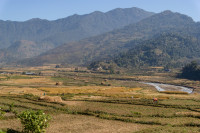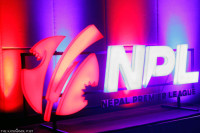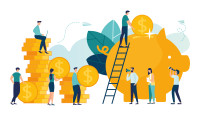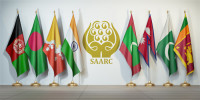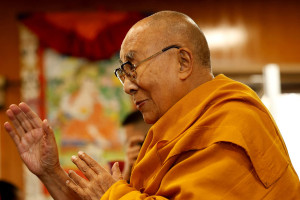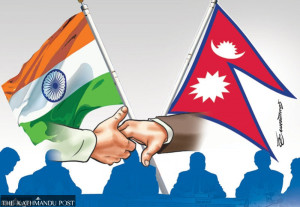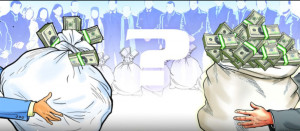Columns
Politics of discontent
Many believe big parties have failed and Nepal is on the wrong path, but will their discontent have any impact?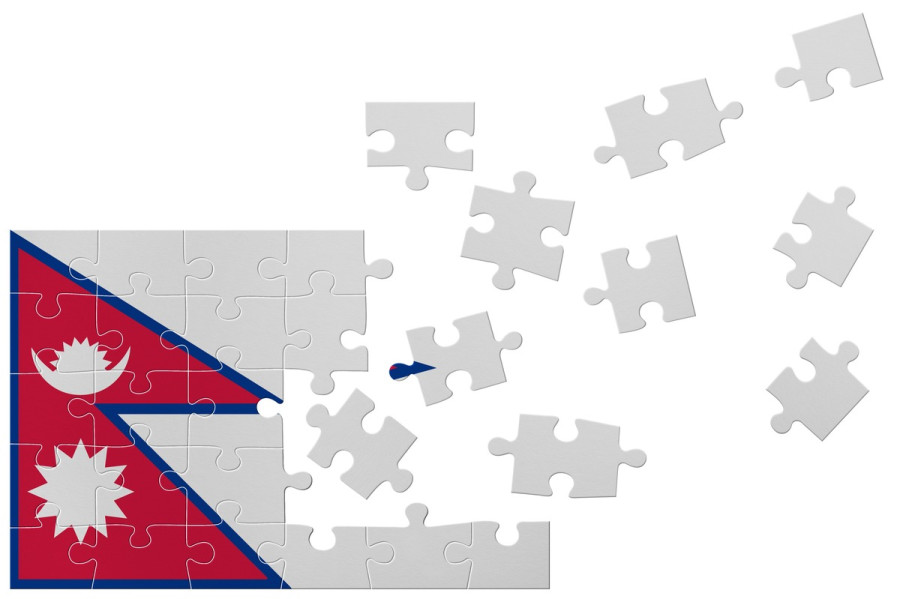
Ajaya Bhadra Khanal
One of the hottest topics for debate in recent months is whether Nepalis are happy with the country’s current direction.
After his ouster, former prime minister Pushpa Kamal Dahal launched a campaign to discredit the current coalition. As millions of youths go abroad, seeing no scope in the country, critics point to the fact as a sign of “no confidence” in Nepal’s post-conflict political regime.
In response, supporters of the ruling coalition have swamped the social and mainstream media with propaganda supporting the current coalition. They argue that things are going well with the country and that any negative talk about a lack of hope among the younger generation is a myth created to serve political interests.
In the last iteration of its Public Opinion Survey, Sharecast Initiative Nepal’s findings tended to be similarly misrepresented in the media, with some claiming that Nepalis are “not so unhappy” with the current situation. It was partly because the survey only asked the people to compare their situation from five years ago.
This time, Sharecast Initiative Nepal explicitly asked whether Nepalis are satisfied or dissatisfied with the country’s current direction.
So, what do people think?
The answer was unequivocal. About 68 percent of the people believe that the country is heading in the wrong direction, while only 16 percent say it is heading in the right direction.
When asked why Nepal is moving in the wrong direction, an overwhelming majority of people point to perceived corruption and flaws in politics and governance. In their view, the current political regime, dominated by three individual leaders and three mainstream parties, has failed.
Many people also tend to blame a lack of civic awareness as a reason. Rather than just questioning politicians, we should also blame the voters and citizens, they claim. Almost 54 percent believe that Nepal’s economic situation is bad.
Similarly, the respondents are divided when asked about Nepal’s current situation compared to five years ago. About 50.5 percent say it has improved, while 24.1 percent say it has worsened. A majority of those who say the country is moving in the right direction cite infrastructure development and improved services and facilities as the reasons.
This public perception is mildly paradoxical to people’s actual perception about whether their quality of life has improved in the last five years. About 56.9 percent of the population believes that their economic situation has improved, while 16.2 percent believe that it has worsened.
This shows that despite improvements in their personal life, the people are not happy with the overall state of affairs.
This brings us to the more significant concerns about age, gender and economic status-related perceptions. Is discontent growing among the youth? What is happening to the poor? Is inequality growing?
Youth perceptions
The survey indicates that the younger generation is less unhappy than the older generation. In fact, young people (about 63.7 percent of the 18-24 age group) appear to be more appreciative of the positive changes in the last five years than the older population (44.2 percent of those aged 45-59). The 18-24 group (36 percent of them) is also more positive about the economic situation compared to the older population (17.2 percent of the 44-59).
Discontent seems to correlate more strongly with gender, education and income levels. The more educated view Nepal’s current situation more negatively (81.8 percent of Bachelor’s or above). Richer people are more unhappy with Nepal’s current situation than poorer people. For example, 80.6 percent of upper middle income people are unhappy compared to only 55.6 percent of people with low income. Similarly, dissatisfaction is more prevalent among males (79.1 percent) than females (57 percent).
At present, people with more household income report more improvement in their livelihood than the poorer people, indicating growing economic inequality. One good sign, however, is that females (64 percent) report more improvement than males (49.8 percent).
The younger generation may have lost trust in the current political regime but have not lost interest in politics. People’s interest in politics remains strong, though a higher percentage of males (61.7 percent) report interest compared to females (42.8 percent). The interest is slightly less but still robust (48.3 percent) among the 18-24 age group; the older the people, the more political interest they have.
Future scenarios
The Public Opinion Survey helps us refine our views about Nepal’s potential direction in the next five to 10 years.
Even without the survey, we can claim that Nepal’s economy has been resilient, thanks to sustained remittance inflows and growth in the hydropower sector. However, corruption, misgovernance and institutional decay can easily undermine the strength of these factors. Another area of worry is debt sustainability and the strain on public finances.
If Nepal is to escape from the trap of low-growth, high migration phenomenon, critical reforms are needed. For example, about 61.2 percent of the people believe that the lack of jobs is the main issue facing Nepal today. So, any initiative at economic growth must prioritise job creation and economic inequality.
It is where public sentiment comes into play.
Top leaders have acquired power and wealth through a mix of corruption, give and take with party workers and crony capitalism. However, the worsening economic indicators and growing public pressures are forcing them to initiate reforms and enforce financial discipline. To what extent they can sustain reforms will set Nepal’s growth trajectory in the next five to 10 years.
While general public views matter during elections, they can rarely drive political reforms or exact accountability. Political changes in Nepal have taken place either through deals among top leaders or through youth-led political waves.
So, what the youth think matters, at least in two ways. First, they can launch widespread protests and unleash paradigm shifts in politics. Second, they can establish new political parties or put pressure on large parties to reform. During the last election, for example, the sudden rise of the Rastriya Swatantra Party (RSP) created a new dynamic in Nepali politics, forcing mainstream parties to become more responsive to people’s needs and looking for ways to undermine the RSP’s power base.
As things stand now, economic growth will continue, but it will not meet people’s expectations or create enough jobs. Public discontent is already high, and the youth are finding outlets in overseas jobs. This factor alone will continue to cushion the big parties until late 2027, however flawed they may be.




 19.12°C Kathmandu
19.12°C Kathmandu.jpg)
